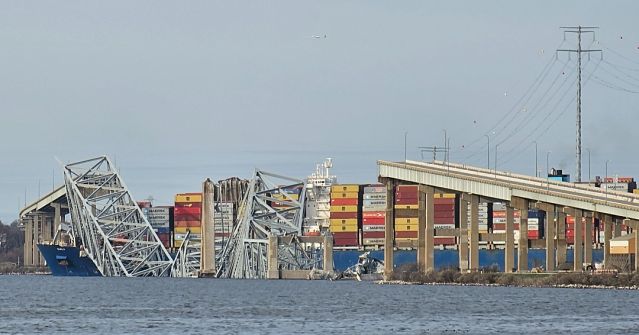E-commerce continues to alter the transportation and logistics industry. As consumers look for quicker delivery times and easier return options, the demand for smaller, more conveniently located warehouses is soaring.
The need for more last-mile warehouses continues to grow due to e-commerce. Retailers and logistics firms are scrambling to establish facilities near urban centers. However, commercial real estate is strained.
According to CBRE Group, a real estate consulting firm, availability in the U.S. for warehouses between 70,000 and 120,000 square feet plunged to 7.4% from 11.3% over the past five years. Rent for these spaces has also risen by more than 33.7% over the same period.
The lack of availability and increased costs is making it difficult for logistics firms. According to Matthew Walaszek, the CBRE’s associate director of industrial and logistics research, “There is less flexibility and higher pricing. It’s really difficult for the smaller players.” This isn’t expected to change any time soon either. CBRE expects overall U.S. industrial rates to increase by 5% next year. This will largely be driven by demand from transportation and logistics providers and retailers who are seeking properties closer to urban centers.
The “Amazon effect” as it’s called, which has resulted in consumers demanding two-day to same-day delivery options, has led to a boom in last-mile facilities. Logistics firms can no longer solely be based in sprawling warehouses in outlying areas.
Recently, businesses have been adding smaller fulfillment and distribution centers closer to urban hubs. These facilities are not meant for storage, but for rapidly moving products in and out. These spaces are much smaller than traditional warehouses, and in order to capitalize on space, going up in stories may be inevitable.
Amazon recently leased a three-story Seattle warehouse, which is the first of its kind in the U.S. It features multiple floors that large delivery trucks can access via ramps. Smaller, multi-story warehouses located near cities are likely the future of last-mile distribution. These types of facilities are already the norm in key markets such as Singapore, Hong Kong, and Japan.
The U.S. and Canada do not have the infrastructure yet. Right now, rents for smaller warehouses are so high because construction in recent years has focused on bigger logistics sites. With e-commerce growing and major plays such as Amazon already making the push, it won’t be long before more facilities of this kind begin to pop up.



